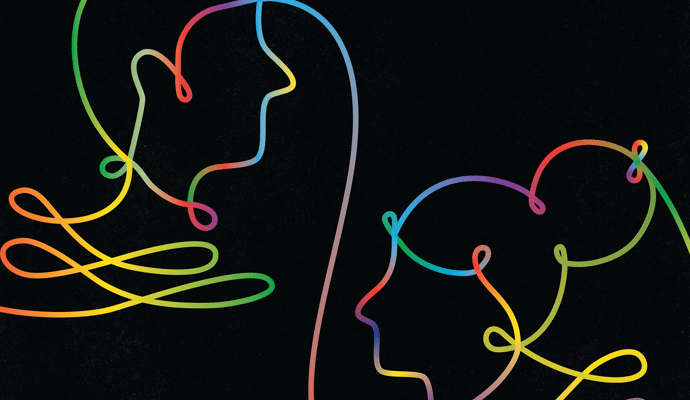To Help Your Employees Understand Diversity, Make It Personal
Embracing differences — our own and others’ — can create a culture of inclusion.
When I tell junior women whom I mentor that I have cried at work, they are astounded. Isn’t “being emotional” a career killer? On the contrary, I explain, I’ve found that business is built on relationships, and relationships are built on emotion. And studies have shown that creating a compassionate workplace boosts employee performance and engagement. My mentees can look at my own career to see this in practice. After 15 years with Strategy&, I’m a partner with the firm, and its diversity leader in North America.
The initial reaction of these women is telling—it drives home the idea that women tend to view the ways they differ from men in the workplace as liabilities. This mind-set is something I’ve confronted in my career, but didn’t always give much thought to. In fact, it took years for me to understand the true importance of diversity.
Historically, the fact that I was a woman was always less important to me than the fact that I was a professional—proud of the career I’ve built, the clients I’ve served, and the results I’ve helped them create. I grew up in a generation of women that fought to be viewed as equals, to be the “the same” as our male counterparts. Thus earlier in my career, when I thought about diversity, it was largely in the context of equal opportunity.
But as my career progressed, I was asked to take on leadership roles to guide and mentor other women. At first, I was skeptical about how my experience could really help. Then I started talking to women, and immediately saw that we had common threads. We shared personality traits, we shared perspectives, and we shared goals.
We struggled to network, because we didn’t want to “bother” people. When I was trying to make partner, I was hesitant to reach out to current partners to make my case. This extended the timeline of my partnership, until a colleague reminded me that “they call it a partner election for a reason.” You need to campaign to win it. We also thought about how having a family would affect our career trajectory. As a mother of two boys, I stepped off the fast track for four years—a choice I’m now lauded for, but at the time was quite unsure of.
These are just a couple of examples, but of course there are others. Adam Grant and Sheryl Sandberg just published a great piece on “why women stay quiet at work” in the New York Times. I began to realize that these common threads were more than just similarities. Sometimes, they were a way to relate to and inspire women, and help them develop as professionals. Other times, they raised awareness of the challenges that women face, exposing areas where they needed support to overcome barriers.
However, I also saw the difficulty in building that support throughout a company. It’s not that male colleagues don’t want and support gender diversity—they certainly do—but do they really know what it takes? The same question, of course, can be asked of women: I would have always said I supported diversity, but I didn’t really understand it, or how an organization can create a culture of inclusion.
Counterintuitive as it may seem, embracing differences is an effective means of fostering cohesiveness—because if someone relates to diversity from a personal angle, they can more easily see it from other angles. And this is something that everyone can do. Diversity isn’t only about gender. It is about race and sexual orientation. It is about age, physical ability, education, economics, family life, religion, hobbies, and all of the other attributes that make us individuals. But even more than that, it is about celebrating what makes you different, as well as what makes others different.
Counterintuitive as it may seem, embracing differences is an effective way to foster cohesiveness.
Maybe you have an elderly or ill parent, and need to adjust your work hours to provide care. Maybe you are a new mom or dad, and decide to work only part-time while your child is young. Or maybe you observe religious practices and holidays that require you to decline work events held at certain times. Think about why you’ve made these choices, and then consider the effect the decisions have had both on your personal life and on your career. The more people think this way, the more they will start to understand the choices that other people make—and that’s when we start to create true workplace diversity.
Taking this view of diversity also makes us better at our jobs. A common opinion holds that diversity brings different perspectives, which in turn helps companies better understand their customers and grow their business. But I think the culture of inclusion also plays a role here, because it enables people to collaborate more effectively and in turn to generate better results.
I have an ulterior motive when I tell young women my story about crying at work. I want them to see how I turned something that may once have been frowned upon into a show of passion, strength, and empathy in the workplace. And I want them to think about the “weaknesses” they see in themselves—and in others—in a new light.



